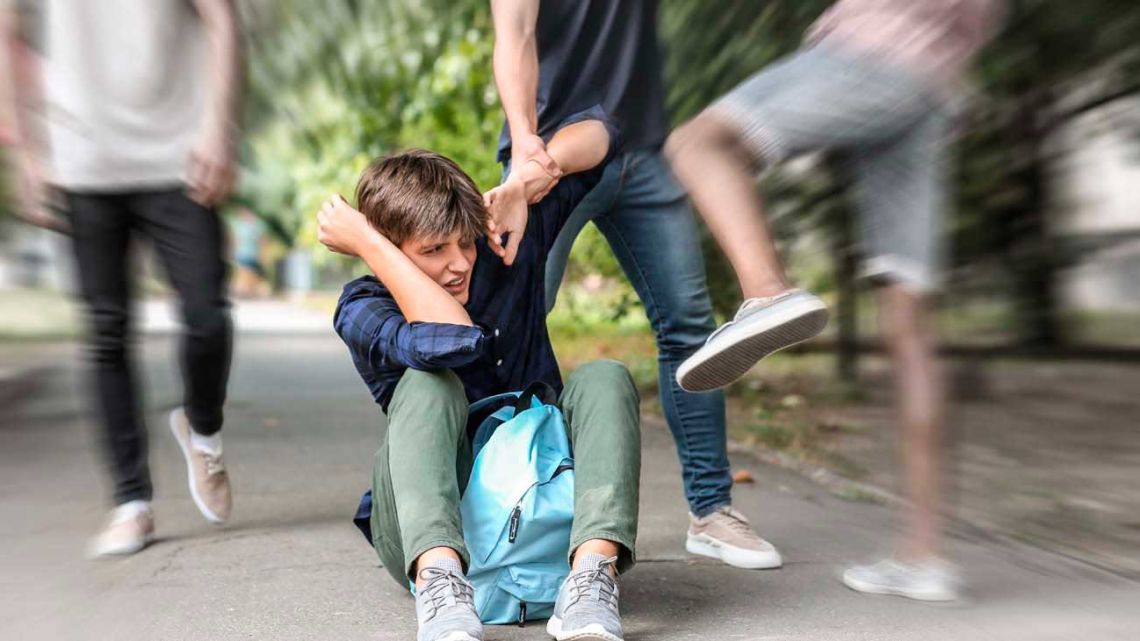
Following a series of extreme violent incidents recorded in various educational institutions in recent days, including a joint attack by parents and students against a group of teachers at a school in City Bell, Buenos Aires province, which resulted in the institution’s director being hospitalized with multiple injuries, the Buenos Aires government announced a comprehensive protocol for state and private governing bodies to prevent, identify and respond to situations of violence between students, including bullying, harassment and cyberbullying.
The document, submitted by the city’s Department of Education, is part of a broader school coexistence policy that promotes healthy bonds, community engagement, and safe school environments.
As it is known, bullying is “any form of deliberate violence sustained over an extended period of time and exercised within an unequal power relationship.” It can cause physical, psychological, emotional, social, or material harm and manifests itself in both face-to-face and digital environments.
Authoritarians don’t like this
The practice of professional and critical journalism is a fundamental pillar of democracy. That is why it bothers those who believe that they are the owners of the truth.
Unlike isolated conflicts, bullying is characterized by its intentionality, repetition, power asymmetries, victim vulnerability, and the presence of collective scenarios that can reinforce aggression through silence and collusion.
The Buenos Aires City Department of Education, headed by Mercedes Miguel, has announced a comprehensive protocol to prevent, detect, intervene and monitor situations of peer bullying and harassment. The new guide aims to strengthen coexistence in schools and guarantee a safe and respectful environment for all students in Buenos Aires.
This document provides educational institutions with clear tools to address bullying from an organizational and pedagogical perspective and fosters active collaboration between trustees, teachers, students and families.
Important point. This protocol is designed to ensure a safe school environment and parental involvement is essential.
In this sense, it sets out specific procedures for schools to intervene in cases of harassment. This means schools have standardized and clear action guides on how to spot, deal with and accompany both victims and perpetrators, with different procedures at primary and secondary level.
This initiative specifically addresses digital violence. If a bullying situation affecting school coexistence is detected through digital media (social networks, chats, etc.), the protocol provides guidelines for schools to take action.
Active family participation facilitates not only intervention but also prevention and early detection of potential bullying situations. This protocol facilitates the establishment of school coexistence councils and the development of institutional arrangements.
In this sense, Education Minister Mercedes Miguel said: “Schools play an important role in educating citizens and building healthy bonds. This protocol accompanies that commitment and provides tools to prevent and counter all forms of peer violence.”



